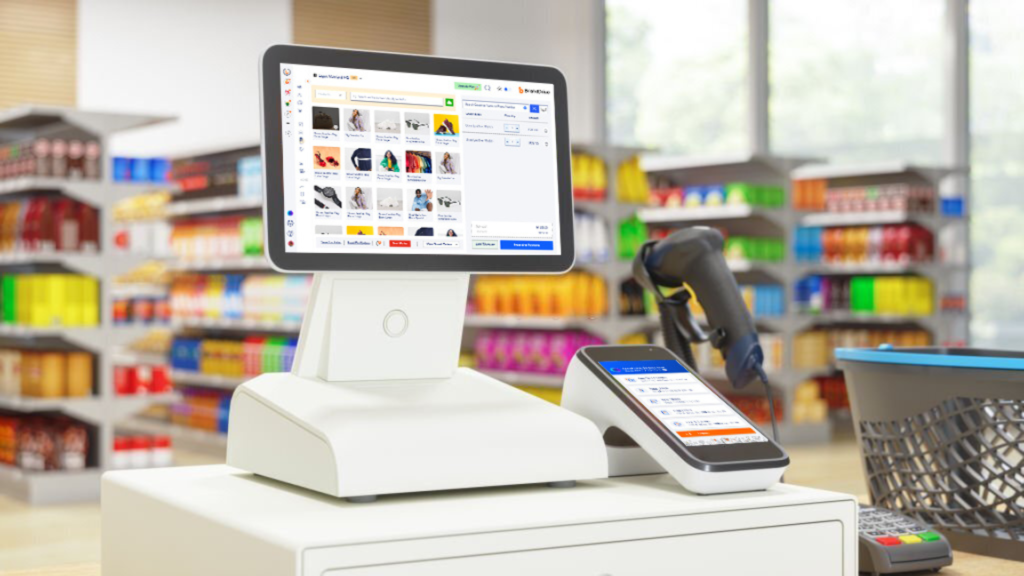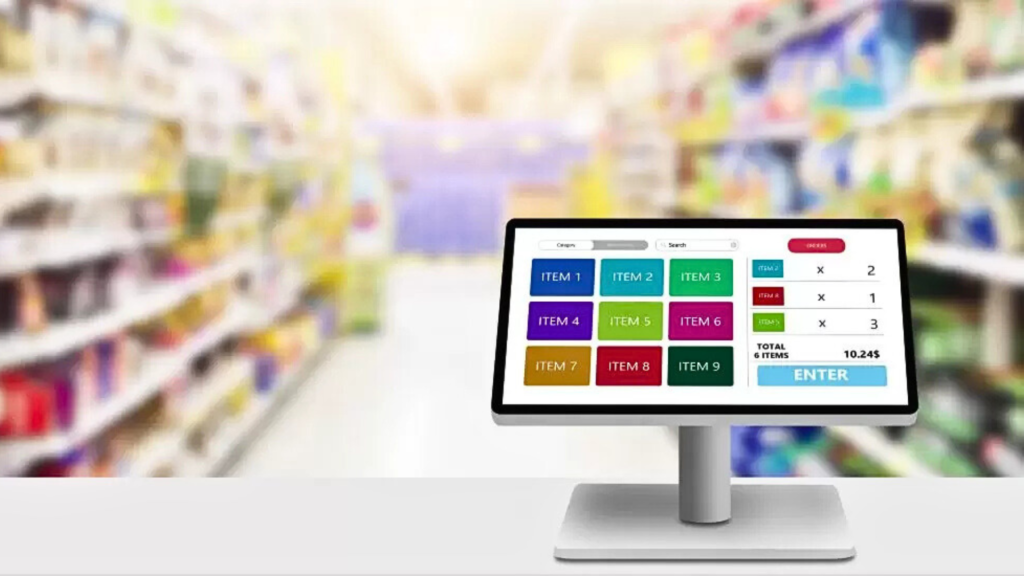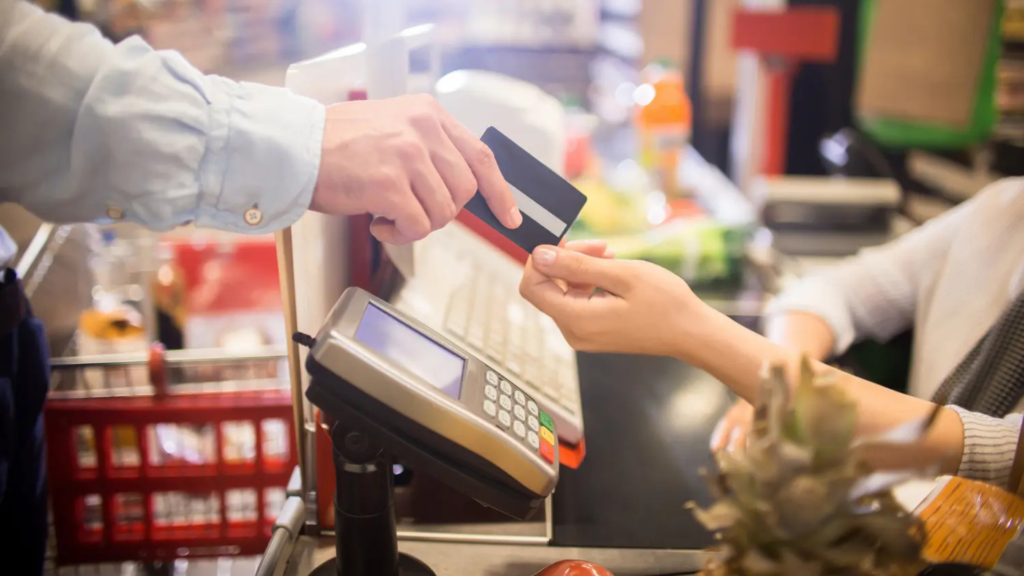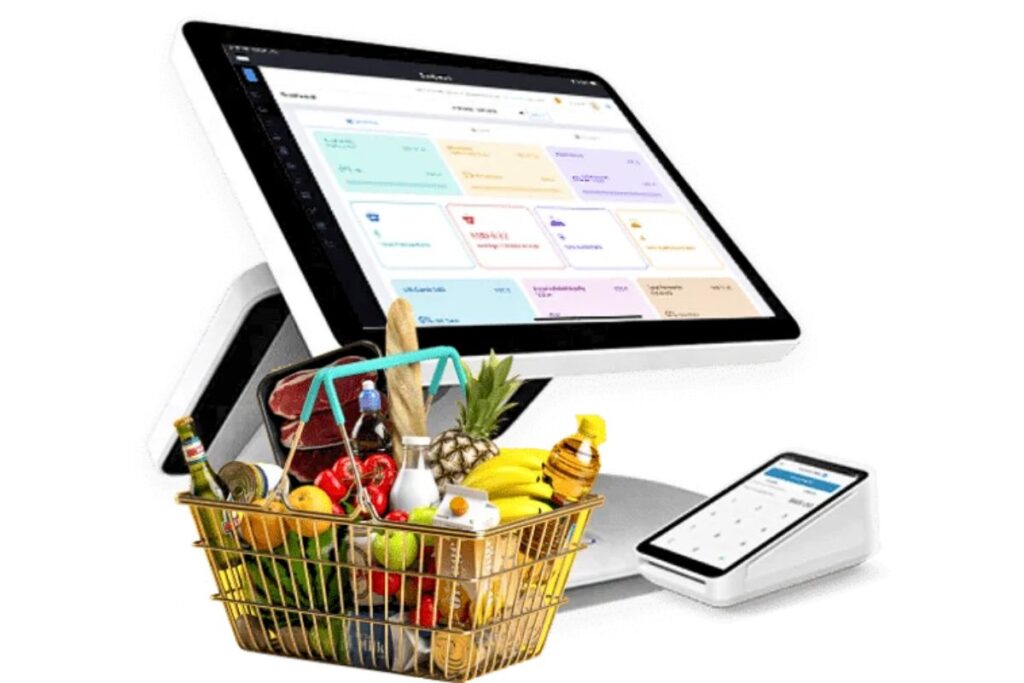When it comes to running an efficient and profitable grocery store, choosing the best grocery store POS system is very important. With the right point-of-sale (POS) system in a grocery store, you can manage your stock efficiently, make operations easier, increase sales, understand your consumers better, make shopping more integrated, and expand your business.
However, given the number of options available today, it can be quite challenging to choose which is the best POS system for your business, whether you’re running a small business or a large grocery store.
In this guide, we’ll explain the essentials of grocery store POS systems, outline several options to choose from, and things to consider to help store owners make an informed choice.
Understanding POS Systems
A POS system for grocery stores is a complete system that is used to facilitate the smooth running of a number of sales processes. This software allows businesses to make and receive payments, stock control, keep records of what is sold and when, and produce reports useful in business planning.
Unlike other retail businesses, grocery stores have unique needs. Also, the retail industry’s POS systems market valued the sector at over $9.3 billion in 2020.

The best grocery store POS systems have to be able to handle a large number of fast transactions and interface with scanners, scales, and, in some cases, self-checkout stations. Moreover, in many systems today, AI technologies are integrated, and customer evaluation and inventory prediction are more convenient.
ALSO READ: A Complete Guide to Credit Card Payment Terminal
Guide to Choosing and Evaluating a Grocery Store POS System
In order for you to choose the best grocery store POS system for your grocery business, you should first consider the size of your grocery store, the number of transactions you process, the various products you deal in, and any unique features or integrations you may need. After which you can consider the following key features of the POS system:
- Inventory Management: Search for systems that enable tracking on a real-time basis, stock updates and low-stock alerts. This makes the process smoother for customers and allows owners to ensure they always have the products customers want in their stores.
- Easy to Use With Checkout Efficiency: Search for POS software that is user-friendly and can help reduce the wait time at checkout and improve the customer experience. Such a payment solution should accept cash, credit/debit cards, and mobile payments as the payment method.

- Prioritize Security: Be sure to look for POS systems that offer advanced security and data encryption, since it is necessary for businesses to protect customers’ credit card information. Also, there should be multi-level access management and POS-enabled cash registers in the grocery POS system to regulate and protect cash. You should be able to create any number of users and define specific access levels.
- Flexibility and Pricing Structure: POS systems often come with different pricing models, including flat rates, tiered pricing, and subscription-based fees. Some systems charge extra for add-ons or upgrades, so it’s important to consider the total cost, not just the base price, and determine if the POS software can grow with your business.
- Integration With Other Software: The best grocery store POS system will integrate easily with other software your store relies on, like accounting, payroll, and e-commerce platforms. Systems that integrate with popular platforms like Shopify or Clover make it easier to connect your POS with your online store, if applicable, or other digital tools.
Top Choices for Grocery Store POS Systems
If you’re looking for the best grocery store POS system for your retail business, below are some of the top-rated POS systems for grocery stores to choose from:
1. IT Retail POS
IT Retail POS is one of the most popular POS systems that are developed specifically for grocery stores. The system is built to accommodate both small and big grocery retailers and comes with advanced features that support the needs of grocery businesses. Some of the features it has are inventory management, sales reporting, and customer loyalty programs.
This POS system supports self-checkout systems, which are becoming increasingly popular among grocery stores. It is also flexible and enables the grocery store owners to control everything from the cashier’s desk to the back office. Also, it works with Shopify and other e-commerce platforms, which makes it suitable for stores that are also online.
2. Clover
Clover POS is also a versatile POS system commonly used by both small and large grocery store owners. It has a simple and user-friendly interface, which is perfect for store owners who are looking for an easy-to-understand and operate system that cashiers and managers will be able to learn quickly. The Clover POS hardware also provides different devices, such as handheld and countertop options, that enable grocery stores to choose according to their checkout needs.
Clover offers a range of POS systems and credit card machines with standout features like inventory management and customer loyalty programs, which help grocery stores retain customers by offering discounts and tracking purchase history. It has a built-in payment processor, and its processing fees are 2.6% + $0.10 per in-person transaction; 3.5% + $0.10 per keyed-in transaction.

3. Square
Square is a popular choice for small businesses with affordable and user-friendly card readers and POS systems. Square’s POS system is very flexible and includes essential grocery features like barcoding, inventory management, and customer insights. It also provides robust data analytics tools to help store owners analyze sales patterns and customer preferences.
Square has a built-in payment processor, and its processing fees are 2.6% + $0.10 per in-person transaction; 3.5% + $0.15 per keyed-in transaction. It has no contracts and offers transparent pricing. Plus, it supports mobile payments, which is ideal for grocery stores offering curbside pickup or local delivery.
ALSO READ: Shoppers In Outrage As Self-Checkout Machines In California Ask for Tip
4. Lightspeed POS
Lightspeed POS is a solution system that has a lot of features for medium and large grocery stores. It is well known for its strong inventory management and analysis features, and it is suitable for store owners who have many types of products.
The Lightspeed POS system also fully supports multi-location and varied price scales, quantity discounts, and promotions, all of which are suitable for use in grocery stores that need different pricing strategies for different items.
Also, it makes it easy to access sales information on the cloud from anywhere, which is useful for grocery stores with branches or franchisees who need centralized management tools.
5. Shopify
Shopify POS is an e-commerce platform that includes tools for managing an online store and mobile card readers for in-person payments. It is highly adaptable for grocery stores as it serves as a single platform for tracking inventory and sales across all channels. It has a built-in payment processor with processing fees of 2.7% per in-person transaction; 2.9% + $0.30 per online transaction.
In terms of hardware, Shopify POS offers options that can handle high transaction volumes in a busy grocery environment. It also supports loyalty programs, customizable checkout screens, and detailed sales reporting.

Other top choices include Toast, commonly used for food businesses and restaurants, and then Paypal and Stripe.
Remember that choosing the best grocery store POS system is crucial for running an efficient and profitable grocery business. It is more than just a practical decision; it’s an investment in the future of your grocery business, one that can positively impact your customers, operations, and long-term success.

